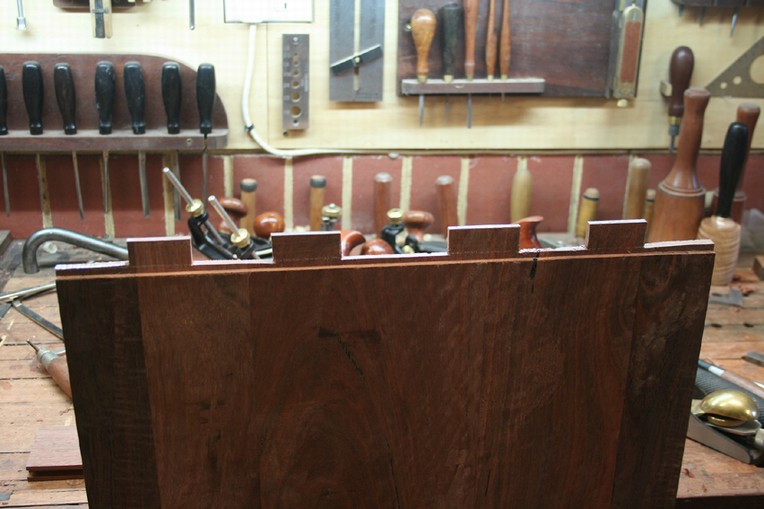johnnyb
Established Member
I'm considering making an island kitchen worktop with breadboard ends. anyone got any hints or tips who have made a successful pair?
not fussed about methods more about details to make it work. what i mean is if youve used dominoes biscuits thats fine. or traditional.
not fussed about methods more about details to make it work. what i mean is if youve used dominoes biscuits thats fine. or traditional.









































